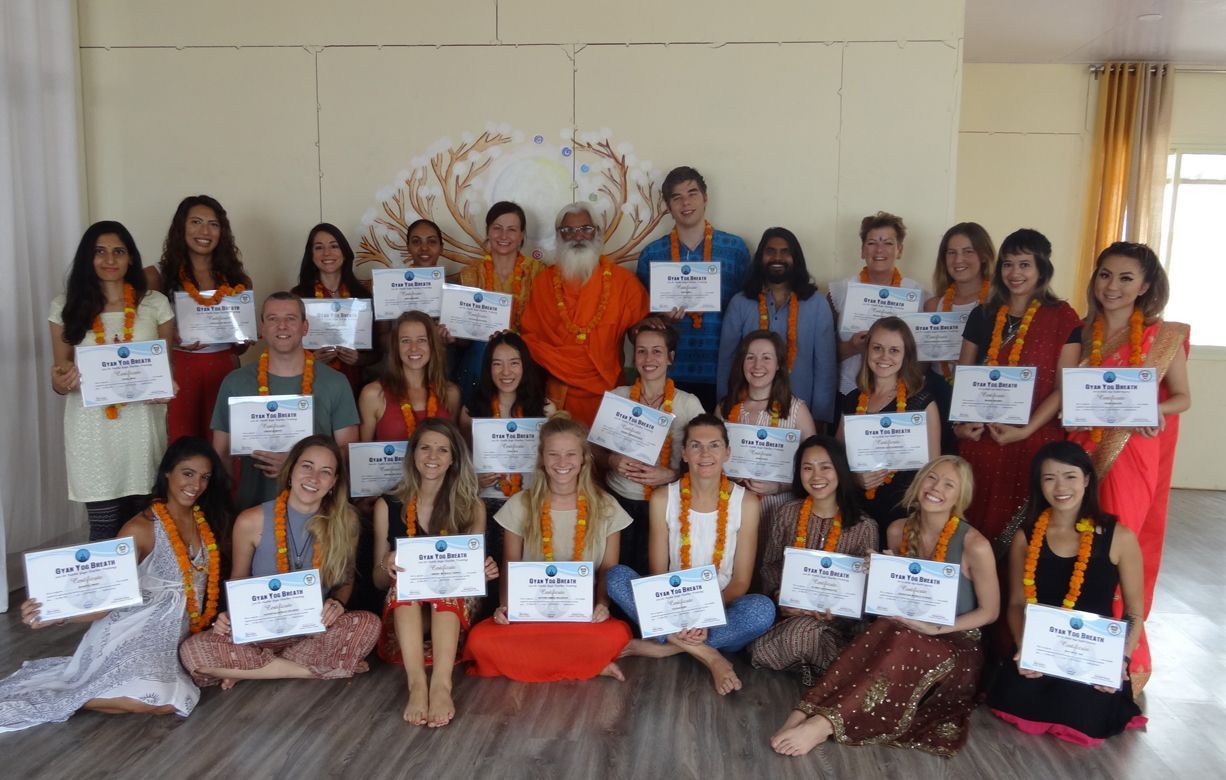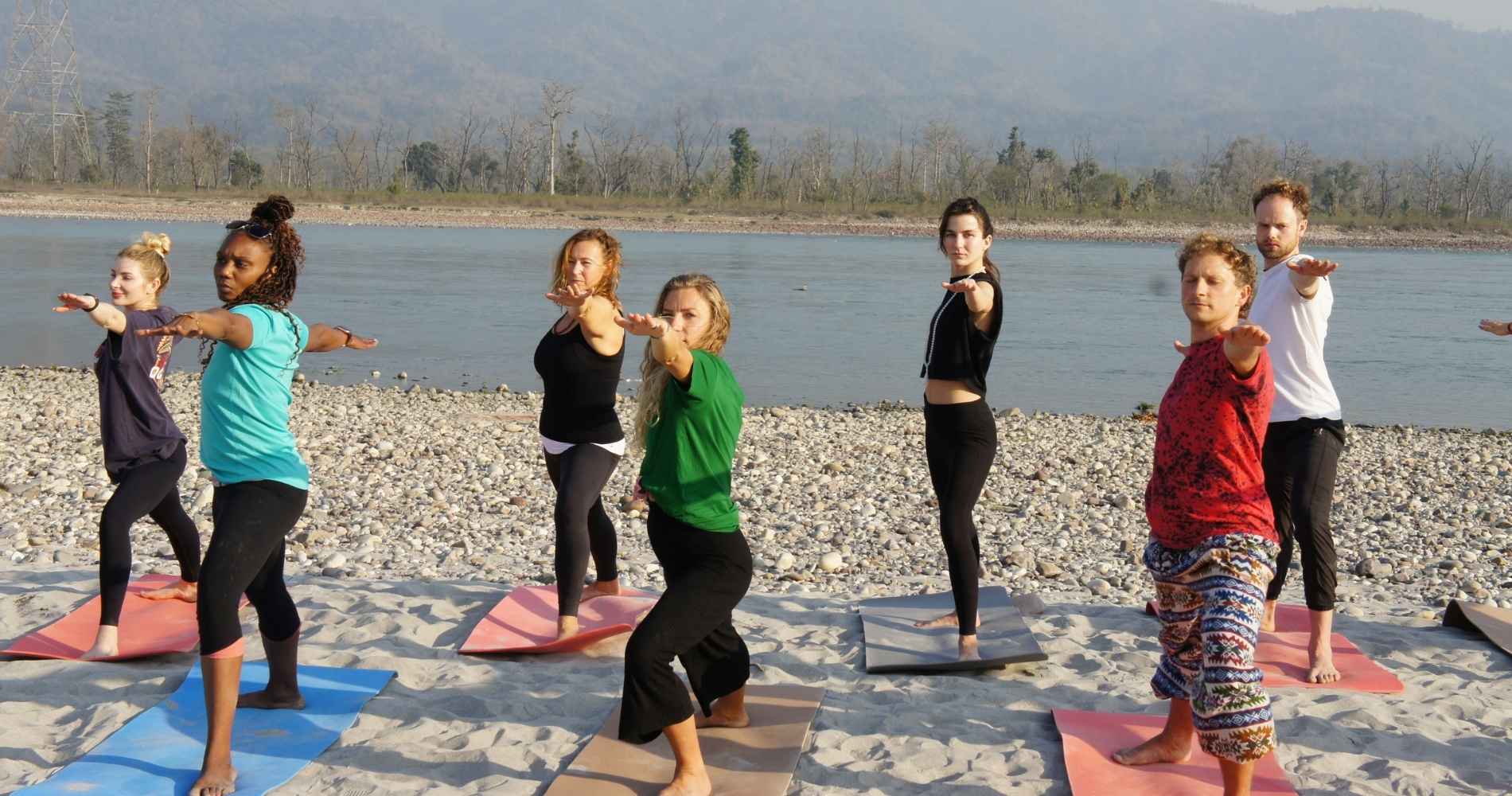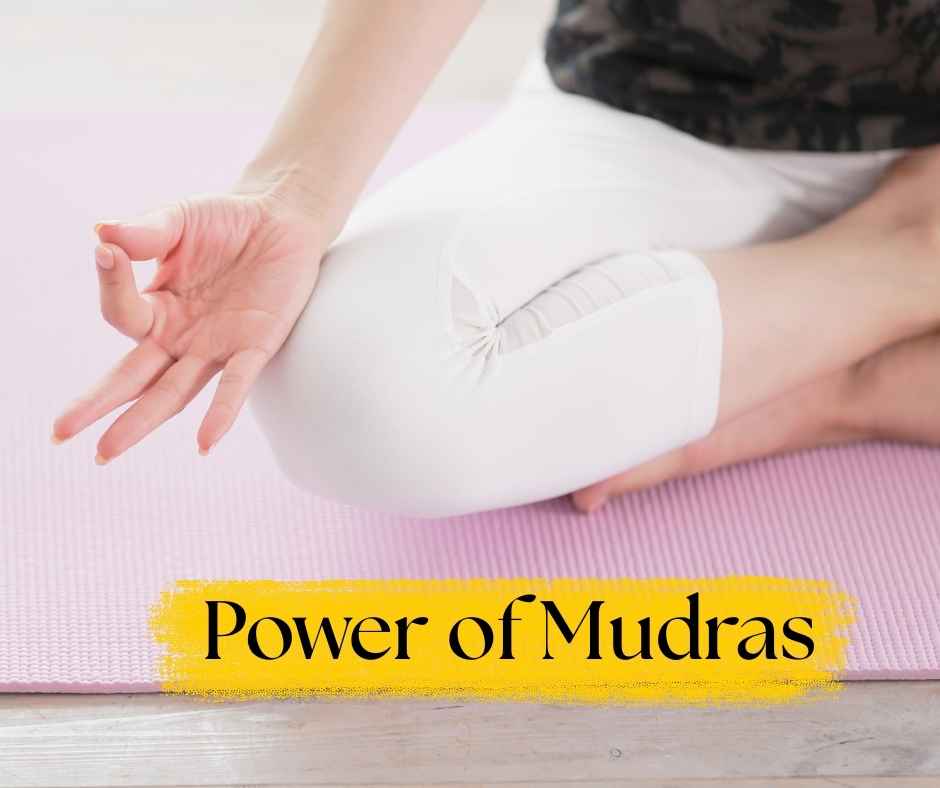
In an age defined by urgency, noise, and chronic stress, the subtle science of pranayama emerges as both ancient and urgently modern. More than a breathing technique, pranayama is a profound methodology for expanding pranic energy, balancing inner systems, and unlocking higher states of consciousness. Derived from the Sanskrit roots prana (life force) and ayama (extension or expansion), pranayama refers to the conscious regulation of the breath to master and magnify the pranic force within.
This practice is rooted in the classical yogic traditions and is comprehensively explored in the book Prana and Pranayama by Swami Niranjanananda Saraswati, a spiritual leader of the Bihar School of Yoga. The book provides a synthesis of scriptural wisdom, scientific insight, and practical guidance to understand the true dimensions of pranayama—not just as breathwork, but as an energetic, psychological, and spiritual discipline.
The Foundation: What is Prana?
Prana is not air, breath, or oxygen, though it expresses itself through them. It is the universal life force, the vital energy that animates every movement in the cosmos—from the falling of a leaf to the firing of neurons in the brain. Prana is responsible for all involuntary actions, thoughts, and even subtle mental impulses. According to yogic philosophy, this force is what differentiates the living from the non-living.
As per the Upanishads and classical texts like the Hatha Yoga Pradipika, prana is divided into five main vayus (winds)—prana, apana, samana, udana, and vyana—each governing different physiological functions. When prana flows freely, the body thrives. When blocked, illness and emotional unrest arise.
The Role of Pranayama in Energy Expansion
In the classical view, pranayama is not merely about inhaling and exhaling. It is a systematic method to cleanse, regulate, and expand prana. By manipulating the breath through controlled inhalation (puraka), retention (kumbhaka), and exhalation (rechaka), practitioners can affect the nadis—subtle energy channels in the pranic body.
Swami Niranjanananda explains that kumbhaka, the retention of breath, is technically the core of pranayama. Retention enables a deeper assimilation of prana, allows it to move through previously blocked channels (nadis), and prepares the mind for stillness. This paves the way for advanced meditative states.
Nadis, Chakras, and the Pranic Body
The yogic framework views the human being as composed of five koshas or sheaths: physical, energetic, mental, intuitive, and blissful. The pranamaya kosha, or energy body, lies beneath the physical sheath and governs vitality. It is through this kosha that prana flows via the 72,000 nadis, with three being most prominent—ida, pingala, and sushumna.
- Ida represents the lunar, cooling, mental energy.
- Pingala represents the solar, heating, vital energy.
- Sushumna is the central channel of spiritual evolution.
Pranayama purifies the nadis, balances ida and pingala, and activates sushumna, allowing prana to ascend through the chakras—psychic energy centers located along the spine.
Scientific and Scriptural Validation
Pranayama is not mystical guesswork. It is deeply rooted in scripture and increasingly supported by modern research. The book references studies on pranic fields and phenomena like Kirlian photography, which capture the electromagnetic energy around living organisms. Prana has been compared to complex multidimensional energies, including thermal, electromagnetic, and mental forms.
Experiments on yogis, such as those conducted at the Menninger Foundation, show that trained practitioners can control physiological functions through pranayama. For instance, Swami Nadabrahmananda demonstrated extended breath suspension without any signs of oxygen deprivation, suggesting that prana, not just breath, sustains life.
The Stages and Safety of Practice
Swami Niranjanananda emphasizes the importance of a progressive and disciplined approach to pranayama. Before engaging in deep breath retention or advanced techniques, one must establish a stable foundation through:
- Yamas and Niyamas – ethical and lifestyle preparations
- Shatkarmas – internal cleansing techniques
- Asanas – physical postures to stabilize the body
Only then is the body and mind ready to harness the force of pranayama safely and effectively.
The book outlines both tranquillizing and vitalizing pranayamas. Tranquilizing practices such as Nadi Shodhana (alternate nostril breathing) help in balancing hemispheric activity and calming the nervous system. Vitalizing pranayamas like Kapalbhati and Bhastrika enhance alertness and activate dormant energy centers.
Prana, Mind, and Consciousness
One of the most powerful ideas in the book is the interplay between prana and consciousness. The Hatha Yoga Pradipika says: “Where prana goes, the mind follows.” By regulating prana through pranayama, one gains access to the deeper, subtler layers of the mind—culminating in a state called manonmani, where mental activity ceases and consciousness becomes still and expansive.
The ultimate goal of pranayama is not health, although it greatly improves it. It is not peace of mind, although it creates it. It is union with the cosmic prana, leading to experiences of oneness, intuition, bliss, and eventually kundalini awakening—the full expansion of soul consciousness.
Food, Air, and Environment: The Pranic Diet
The book also explores how prana is influenced by lifestyle factors such as diet, air quality, and thought patterns. According to yogic wisdom and scientific findings, foods high in vitality—fruits, vegetables, grains—carry higher pranic energy, while overprocessed and stale foods deplete it. Similarly, environments with high negative ion concentrations, like forests and waterfalls, increase prana in the body.
Maintaining a sattwic (pure) lifestyle enhances the absorption and refinement of prana, supporting the goals of pranayama practice.
Awakening the Inner Powerhouse
Advanced stages of pranayama practice can lead to experiences far beyond ordinary consciousness. When energy flows freely through sushumna, the mind becomes still and internalized. Eventually, the practitioner may awaken the kundalini, the dormant cosmic energy coiled at the base of the spine. This leads to the merging of individual prana with mahaprana, the universal energy matrix.
At this stage, one transcends the body-mind complex, experiences spontaneous insight, and enters higher koshas such as vijnanamaya (intuitive) and anandamaya (blissful). Swami Niranjanananda describes these as not just mystical states but measurable expansions of human capacity.







